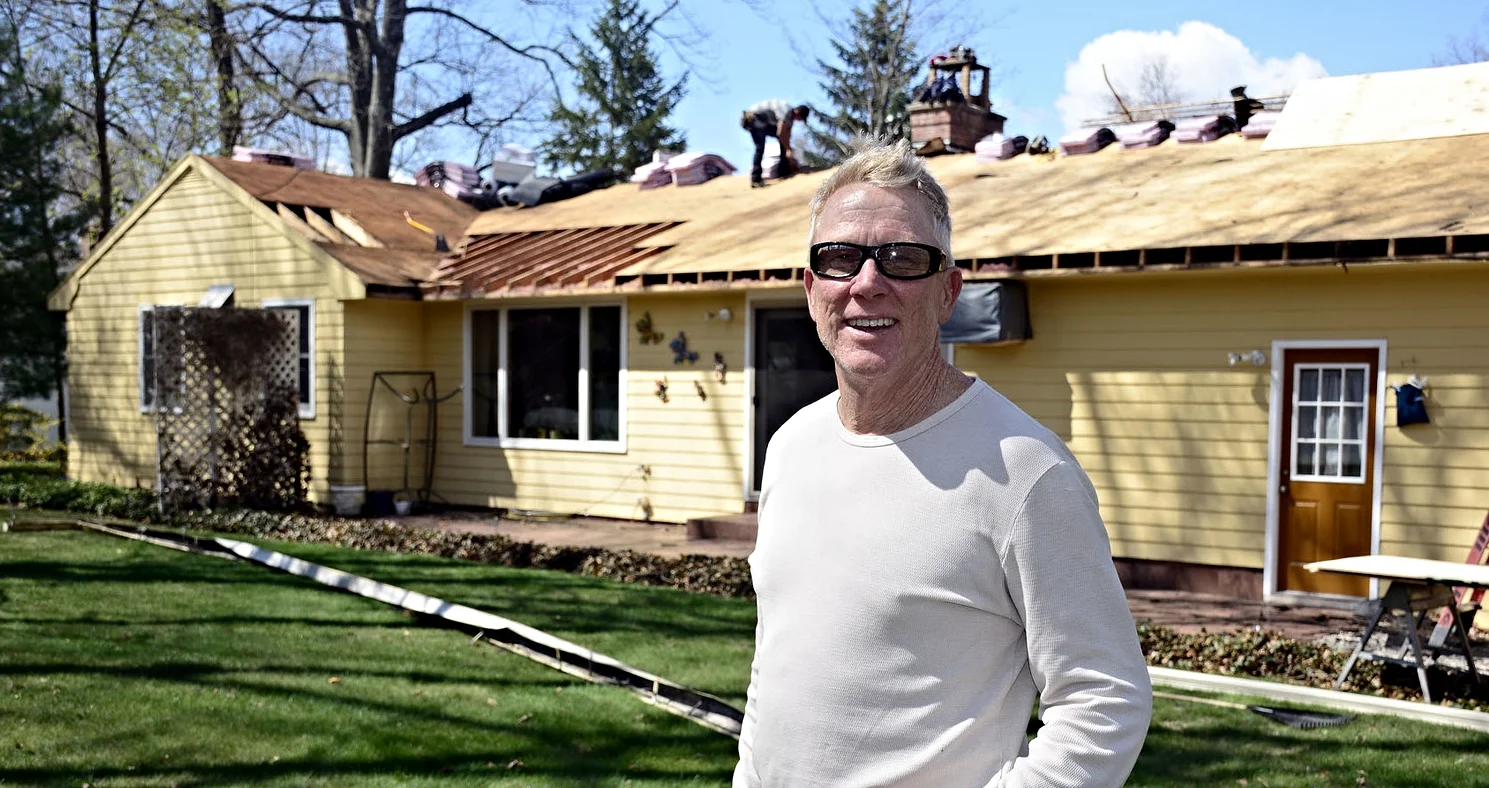There’s a roof fungus among us
Chelsea O'Donnell
Has a pattern of strange, streaky stains appeared on your roof this spring? As I drive around town, I see many houses decorated with a display of unsightly roof residue, which frequently pops up during this wetter time of the year. But what is it, why has it emerged and what can you do to get rid of it? They are all good questions, so let’s get you some answers.
Stains on the roof are generally algae or mold, which tend to crop up as humidity rises and warmer temperatures start to emerge. Now don’t be too alarmed, small black stains and mold aren’t necessarily going to ruin your roof, but they do affect the curb appeal of your home and the problem could end up being damaging if not dealt with for a long period of time.
An interesting fact is that copper is toxic to algae, and many newer roof shingles contain copper granules, which act as a barrier against any mold growth. Homes with older roofs won’t benefit from this technology, but it explains why you won’t see algae where metal flashing has been installed. If you’re susceptible to algae and in the market for a new roof, be sure to inquire about this type of shingle.
So now that we know what it is, how do we get rid of it? The easiest way to rid your roof of mold is a good old-fashioned bleach and water mixture, which can be applied using a pump sprayer and rinsed with the garden hose. One tip is to give any plants below the roof a good drink of water beforehand so they don’t absorb the bleach mixture. Diluted bleach is a powerful compound that will clean the roof without any adverse effects, so long as you give it a good rinse afterward. There are other products on the market that will do the job, just pop into your local hardware store to find out what’s best for you based on your home’s symptoms.
Once the roof has been cleaned, you might want to do something to prevent the mold from coming back again. As I mentioned, copper, and zinc-coated sheet metal for that matter, are toxic to algae, so installing a strip of flashing will help stop that nasty fungus in its tracks. Choose a strip that’s at least six inches wide, and have it installed at the roof peak to ensure that the metal molecules wash down with the rain and protect the roof from mold build up.
If you’re not comfortable on a ladder, call a professional to help you complete this task. A clean roof isn’t worth a trip to the hospital, and a local area home improvement specialist will be able to complete the job in less than a day.
